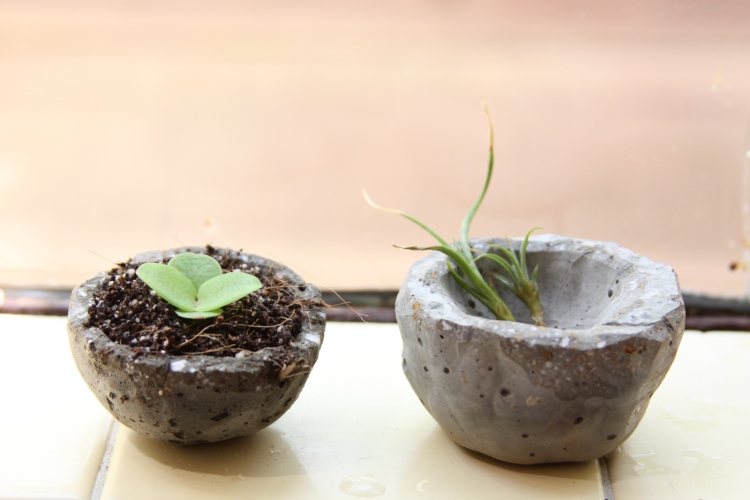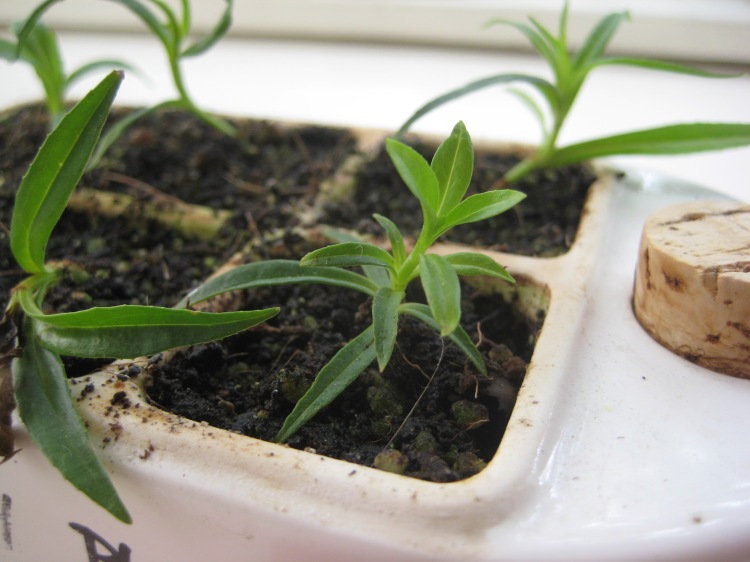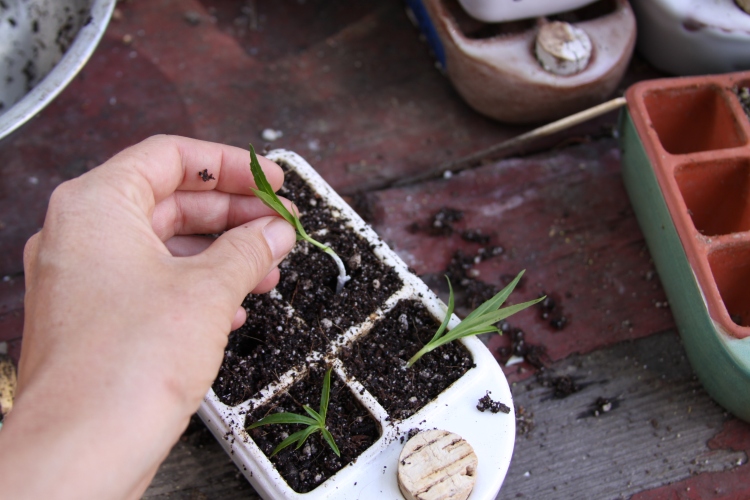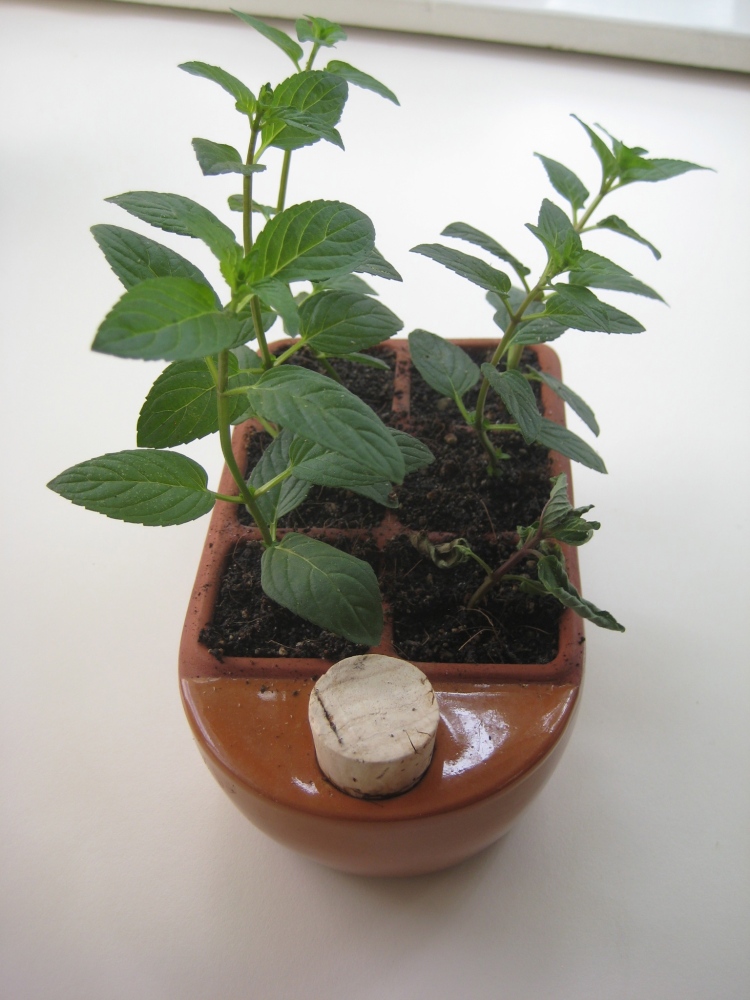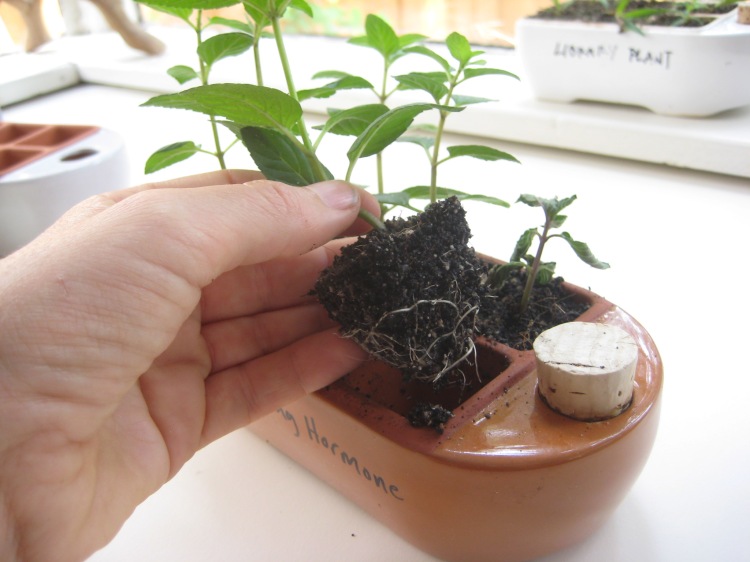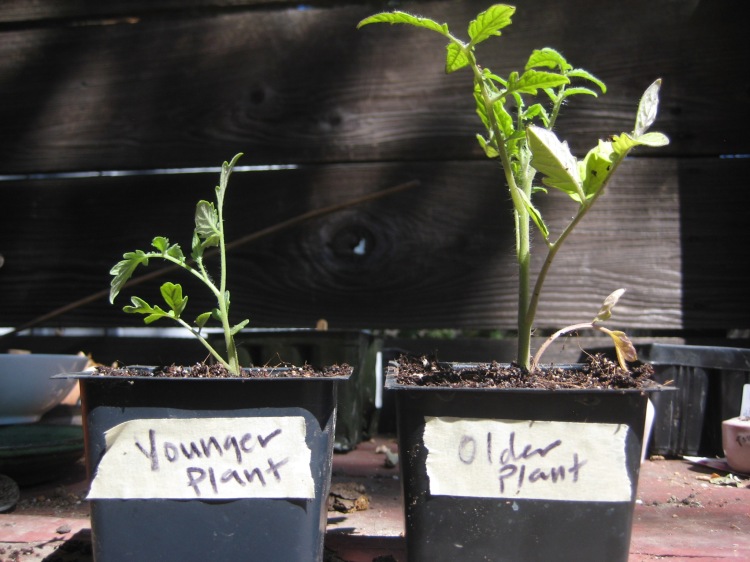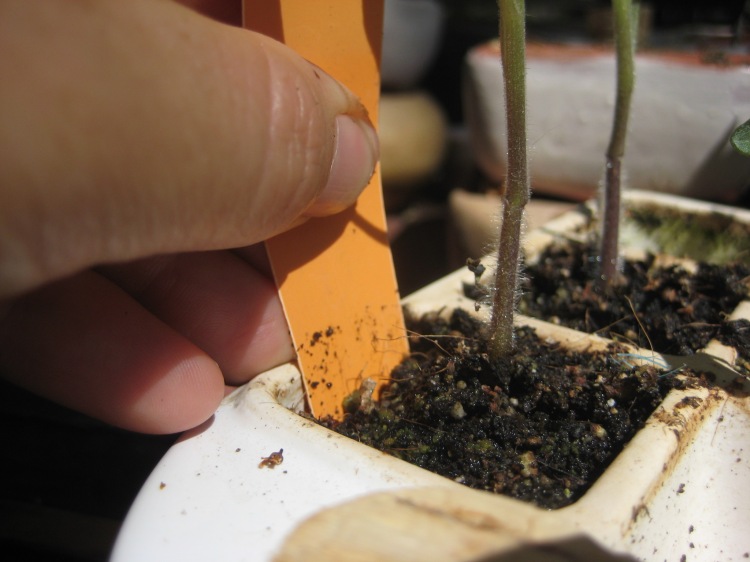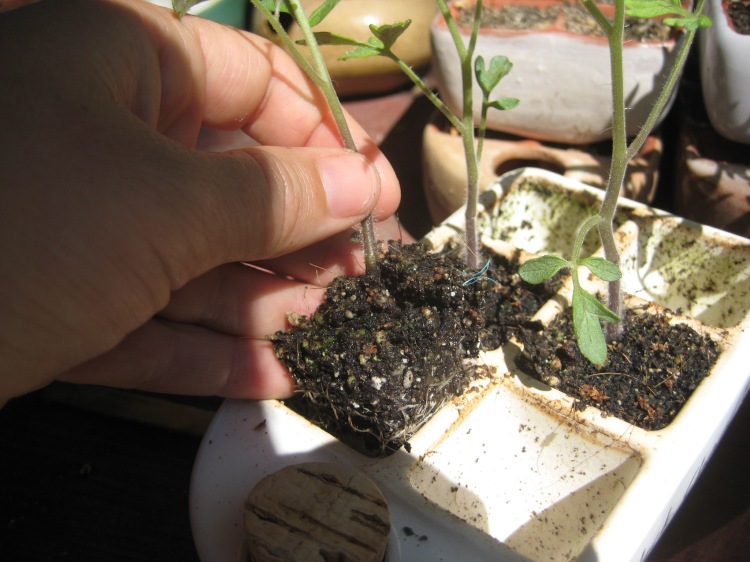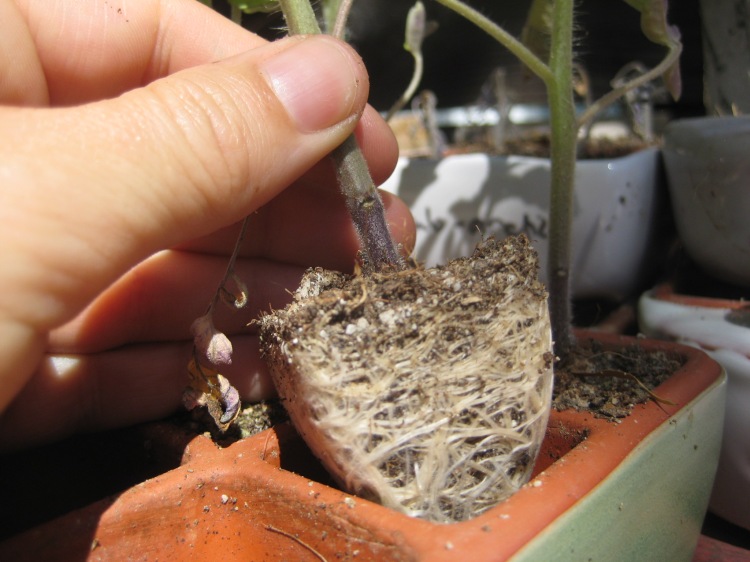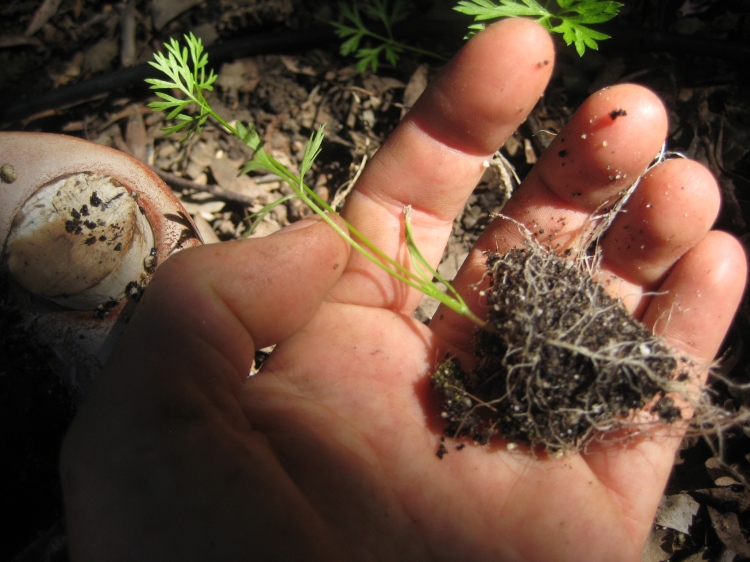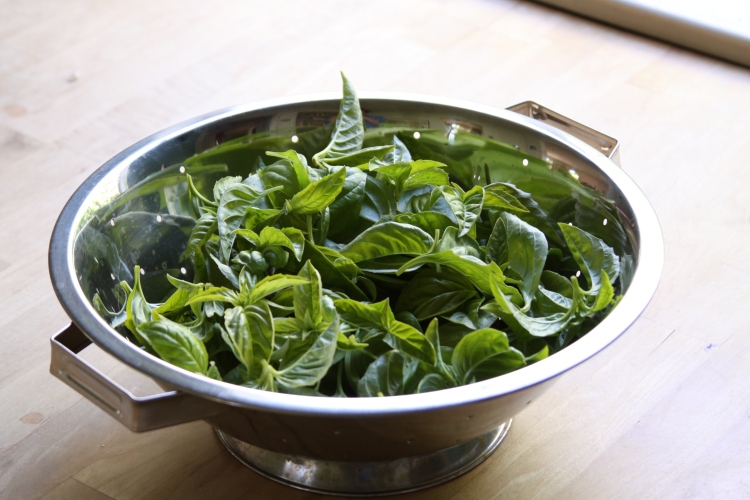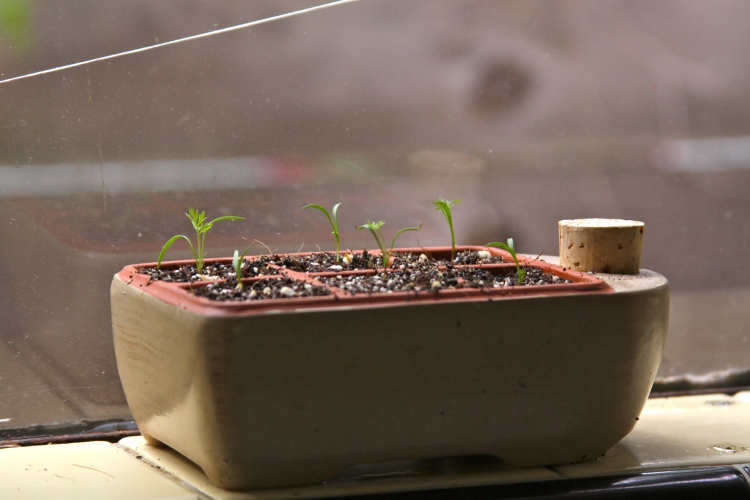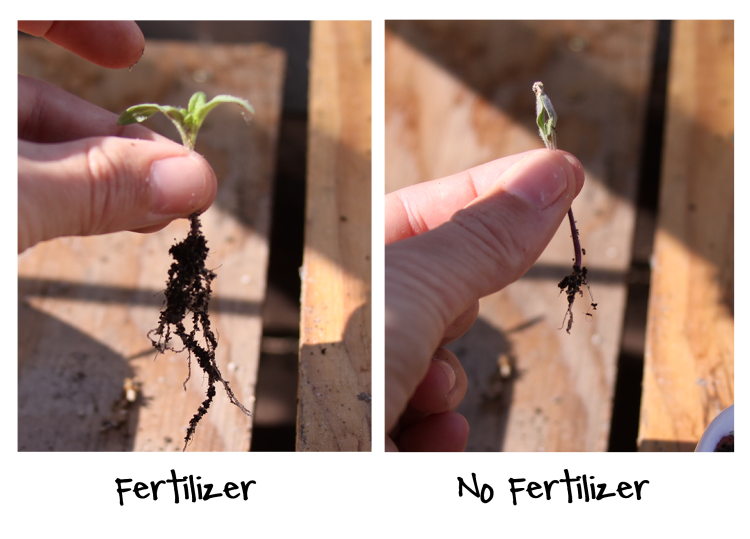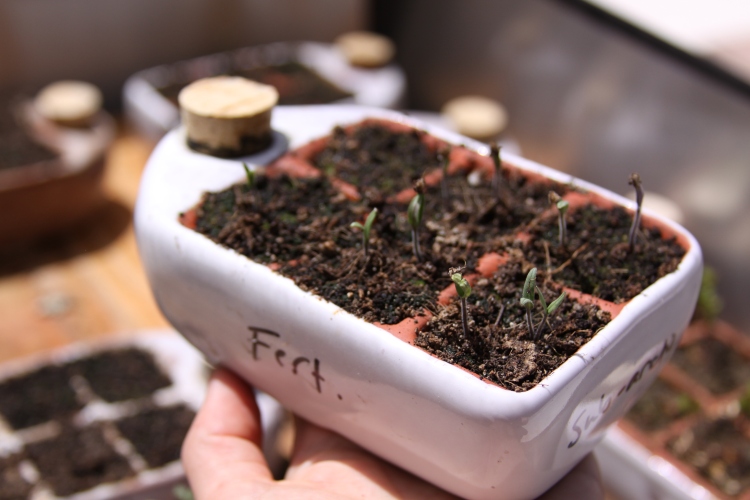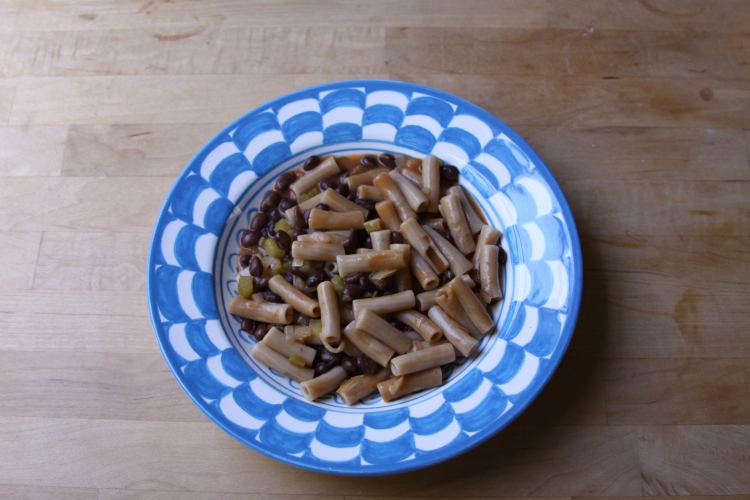
I love Italian cooking shows. I don’t really speak Italian, but it’s still pretty easy to follow along because they show everything as they go along, saying the name of the vegetable as they cut it, etc. One of my favorites is Cucina con Ale. And one of his recipes that I make all the time is Pasta e Fagoli Veloce, or Pasta with Beans, Fast.
Traditionally, Pasta with Beans is a slow, all-day kind of affair. The “veloce” version makes a quick, hearty, very tasty meal. (Not to mention a convenient vegetarian protein, which is always a challenge in our house.) I’ve made some changes to Ale’s recipe, the biggest one being to eliminate the ham. We’re not necessarily vegetarians, but most of the time it’s easier and cheaper to cook that way. Adding ham with the vegetables at the beginning of the recipe is pretty tasty, though.
Here’s the recipe for 2 hungry people:
(Proportions and quantites are fairly flexible, as suits a throw-it-together type of recipe.)
1 onion
1-2 carrots
1-2 sticks of celery
1-2 bay leaves
1 tbsp tomato paste
1 can of beans (white beans are best, but black, or pinto are also good), drained and rinsed.
200 grams of pasta (about 1/2 a regular 1 lb bag)
Salt for the pasta water (about 1 tsp), and to taste
1. Start your water boiling for the pasta, and salt it.
2. Chop the onion, carrots, and celery fine and sautee them on medium-low heat with the bay leaves in a pan big enough to eventually hold the cooked pasta.
3. When the water boils, start cooking the pasta and check the time. We’re going to drain the pasta early, so keep an eye on it.
4. Once the onion, carrot, celery mix has softened, after about 5 minutes, add the drained beans, about 1/2 cup of the pasta cooking water, and the tomato paste. Stir and simmer while you wait for the pasta.
5. When the pasta is soft on the outside, but still crunchy in the middle, drain the pasta, saving the water it cooked in. Add the pasta to the pot with the veggies and beans, then add enough of the cooking water to make it soupy, about 1/2 – 1 cup. Simmer and stir occasionally until the pasta has absorbed the water and tastes good to you.
Serve with grated parmesean and enjoy!
